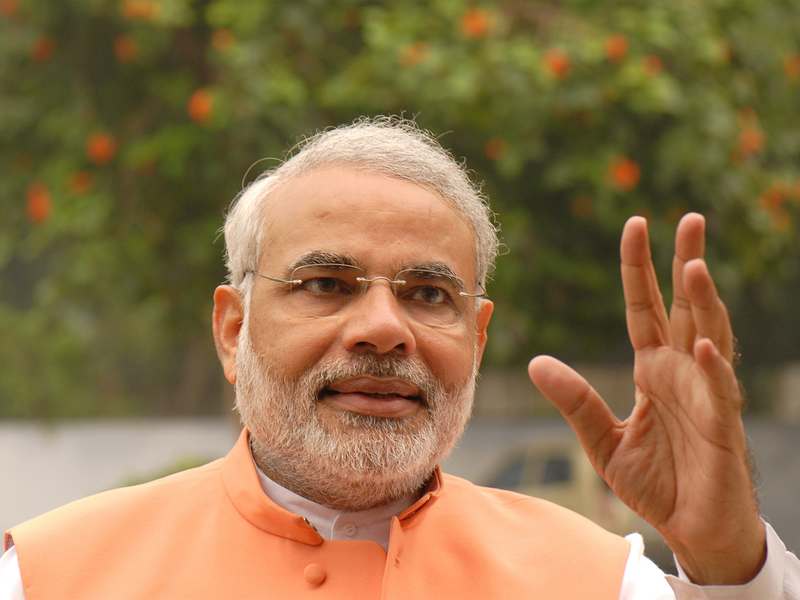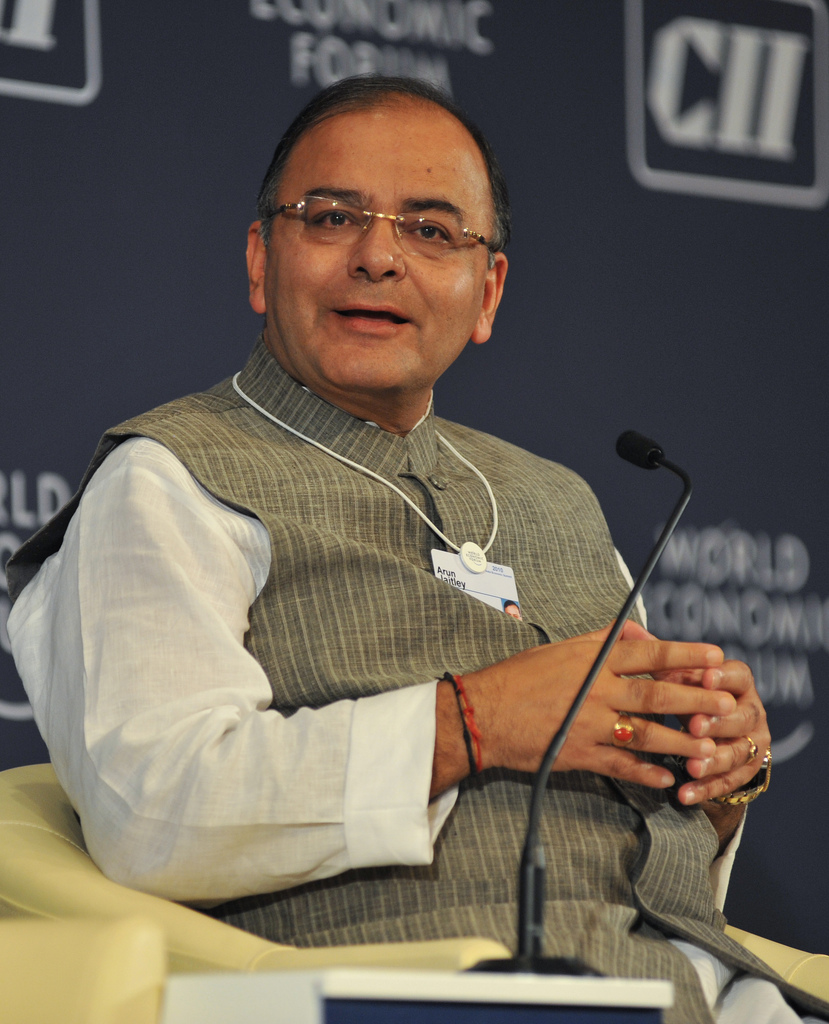A little over a week back, the numbers for the direct tax collections for 2017-2018, were released. The net direct tax collections have improved by around 17.1% to Rs 9.95 lakh crore. The direct tax collections consist of corporate tax, personal income tax and other direct taxes. This is the gross direct tax collection. After, refunds are deducted from it, what remains are the net direct tax collections.
The finance minister attributed this increase in net direct tax collections to demonetisation and Goods and Services Tax, which had resulted in a higher formalisation of the economy. The interpretation being that with increased formalisation people paid more tax.
The trouble with looking at just the absolute direct tax collections is that they do not take into account the fact that the size of the economy has also grown. Hence, any tax collection, should always be looked at as a proportion of the gross domestic product. How do things look when we look at the direct tax to the GDP ratio?
Take a look at Figure 1, which plots that.
Figure 1:
Source: https://www.incometaxindia.gov.in/Documents/Direct%20Tax%20Data/Time-Series-Data-2016-17.pdf.
For 2017-2018, the figure has been arrived at using data from http://pib.nic.in/PressReleseDetail.aspx?PRID=1527290
and http://pib.nic.in/PressReleseDetail.aspx?PRID=1522059.
What does Figure 1 tell us? It tells us that the direct tax to GDP ratio in 2017-2018 is likely to be at 5.94%. We use the word likely because right now what we have is a GDP estimate for 2017-2018, which will change when the actual numbers come out, later this year.
The direct tax to GDP ratio in 2016-2017 was at 5.6%. Hence, there is an improvement of 34 basis points (one basis point is one hundredth of a percentage), year on year. If we look at historical data, such a jump happened almost every year between 2001-2002 and 2007-2008. And no demonetisation or GST happened back then.
In 2007-2008, the direct taxes to GDP ratio peaked to 6.3%. The stock market was rallying big time back then. Once it crashed, the direct taxes to GDP ratio fell over the next few years. What this basically means is that when the stock market is doing well, the investors pay a lot more short-term capital gains tax than they do otherwise. And this improves the direct taxes to the GDP ratio of the government.
This is a factor that needs to be taken into account for the jump in direct tax collections as 2017-2018 as well. The stock market has been rallying over the last few years, and there is bound to have been some jump in the short-term capital gains tax collections. Given that an exact breakdown of different kinds of taxes is not available in the public domain as of now, we cannot adjust for it. These gains need to be adjusted for simply because they are temporary in nature.
But, we are sure, the mandarins at the finance ministry have this data, they can very well adjust for it and then tell us, what has been the real growth in direct tax collections.
There is another factor which makes the data look a lot better than it perhaps actually is. The net direct tax collections as mentioned earlier are arrived at by subtracting refunds from gross direct collections. Let’s take a look at Figure 2.
Figure 2:
Source: Author calculations on data from https://www.incometaxindia.gov.in/Documents/Direct%20Tax%20Data/Time-Series-Data-2016-17.pdf, http://pib.nic.in/PressReleseDetail.aspx?PRID=1527290
and http://pib.nic.in/PressReleseDetail.aspx?PRID=1522059.
The refunds have fallen from 1.07% of the GDP in 2016-2017, to 0.89% of the GDP in 2017-2018. This is the second biggest fall in refunds between 2000-2001 and 2017-2018. It will be interesting to see what portion of the returns filed still remain to be processed. The larger point being that the direct tax collections data does not pass this basic smell test.
Further, if we look at GDP growth, 2017-2018 has seen slowest GDP growth (in nominal terms without adjusting for inflation) since 2011-2012. The government collecting higher taxes while the overall economy is slowing down, is not something to be proud of.
Let’s look at another data point that the Modi government keeps tom-tomming about at any given opportunity. That the number of tax returns being filed has been going up at a rapid pace. As the press release accompanying the announcement of direct tax numbers pointed out: “During FY 2017-18, 6.84 crore Income Tax Returns (ITRs) were filed with the Income Tax Department as compared to 5.43 crore ITRs filed during FY 2016-17, showing a growth of 26%. There has been a sustained increase in the number of ITRs filed in the last four financial years. As compared to 3.79 crore ITRs filed in F.Y. 2013-14, the number of ITRs filed during F.Y. 2017-18 (6.84 crore) has increased by 80.5%.”
Between 2013-2014 and 2017-2018, the number of income tax returns being filed has gone up 80.5%. During the same period the direct taxes to GDP ratio has gone up from 5.62% to 5.94%, by around 32 basis points.
What does this tell us? It tells us that more and more income tax returns are being filed, without any tax being paid. Why? Simply because the taxable income is not enough to be taxed.
The Economic Survey of 2017-2018 acknowledges this: “Analysis suggests that new filers reported an average income, in many cases, close to the income tax threshold of Rs. 2.5 lakhs.”
The Survey believes that “as income growth over time pushes many of the new tax filers over the threshold, the revenue dividends should increase robustly.”
Basically, what the Economic Survey is saying that a bulk of new tax filers are close to the income threshold of Rs 2.5 lakh. Income tax needs to be paid by individuals only if taxable income is more than Rs 2.5 lakh. The Economic Survey believes that as these people earn more, cross the Rs 2.5 lakh limit and pay tax. But the assumption here is that the Rs 2.5 lakh limit will continue to be the same.
Logically, it will have to go up in the years to come, simply because inflation needs to be taken into account. Hence, this argument doesn’t quite hold.
To conclude, the chartered accountants (CAs) in the business of filing returns are basically having the last laugh. The good thing at least someone is seeing the promised acche din.
The column originally appeared on Equitymaster on April 10th, 2018.


